SaaS Web Development
We design reliable, secure, and cost-effective SaaS systems tailored to your needs.
SaaS Application Architecture. Our full-stack software engineers and web application teams utilize their experience with N-tiered applications, multi-tier architectures, and production Internet architectures to deliver SaaS applications via the cloud. We biuld multi-tenant SaaS systems, where each of your customers shares common resources, from compute services to storage and messaging. Depending on your SaaS business needs, compliance requirements, and the nature of your solution, we can deploy a mixed-tenant architecture. This approach allows some premium tenants to have their own distinct database or even a completely independent infrastructure stack, such as individual Virtual Private Clouds. Meanwhile, other customers or certain microservices can continue in a multi-tenant setup.
SaaS Onboarding and Tenant Identity.Our approach goes beyond just implementing an identity provider for authentication. We ensure you always understand the tenant association of each user. You'll possess the capability to update, manage, and operate all customers collectively through shared services (user registration, management, and provisioning, tenant management and administration, system administration, billing management, and metrics management. A frictionless, repeatable onboarding self-service or internally executed process to both B2C and B2B customers enables you to support rapid growth in your customer base without incurring substantial operational overhead.
SaaS Customization. Anticipating that some of your customers may seek customizations, we can integrate these as configuration options available to all your clientele. By embedding these features at the heart of your offering, your SaaS company can support unique customer requirements without compromising operational efficiency or your business's innovation objectives. Belitsoft has expertise in application modernization. We add the most requested features from your customers to your existing SaaS platform. For examples of our work, check out our cases on healthcare SaaS customization, insurance SaaS customization and cybersecurity SaaS customization.
SaaS Usage Metrics. We identify workflows and events such as consumption data, and latency metrics, and then publish them to a data warehouse for aggregation. Based on that data, SaaS operations dashboards will provide you with both global and granular views of the health and activity of your tenants. Your team can drill into the operational data for individual tenants like the features tenants use, the load they place on your system, potential bottlenecks, cost profiles, and more to identify opportunities to evolve the SaaS system. Detailed dashboards and visualizations will display CPU and memory usage, total data transfer and network costs, and total data and storage costs. Based on that data, we can build alarms and automation to heal the system without experiencing an outage.
SaaS Performance. We design SaaS systems to ensure basic tenants don't impact the performance of premium ones. It can be based on the principle that a tenant's resource allocation should correlate with the revenue they generate. To manage this, we use throttling policies for individual tenants. When a tenant reaches their limit, throttling is applied. We can use the API Gateway to implement this throttling based on usage plans with set SLAs. We take measures to prevent disruptions from noisy tenants and ensure resources are safeguarded from cross-tenant access, whether using a serverless application microservices or Kubernetes container-based model.
SaaS Billing Architecture. You will get a clear picture of how your tenants are influencing costs, enabling you to make strategic decisions about how to build, sell, and operate your SaaS application. We design and develop a consumption mapping model to illustrate how tenants utilize the resources of your SaaS system. This model facilitates the allocation of specific consumption percentages to each tenant. The group of clients generating the least revenue will receive a smaller resource portion, while those generating the highest revenue will be allocated a more substantial pool. To align costs with actual activity and ensure effective resource consumption scaling, we measure and attribute costs in a multi-tenant environment. Our focus is on gathering data from areas that significantly impact your cloud infrastructure bill. As a result, you can gain insights into the per-tenant costs. We can integrate consumption-based pricing or pay-as-you-go models with other pricing strategies, such as subscription models. By integrating metering data with a billing system and establishing limits, we ensure the SaaS application's infrastructure consumption remains consistent with real-time tenant activity trends. This visibility into tenant cost profiles enables you to offer differentiated pricing and experiences suited to diverse customer profiles.
SaaS Testing
With our software testing services, we are not just ensuring that the functionality of your application works as expected. We also focus on testing SaaS system reliability challenges, like how it responds to the unexpected and how effectively it scales. Automation testing allows us to handle unpredictable load in a multi-tenant context, identifying key load and performance issues before they affect your customers. Our testing areas include:
Cross-tenant Impact Tests
We simulate scenarios where one tenant group places a disproportionate load and determine how the system responds. If the system consists of separate services, we test the scaling processes for each.
Tenant Consumption Tests
We track resource and tenant activity metrics, determine the difference, and apply it to a monitoring policy to identify suboptimal resource consumption.
Tenant Onboarding Tests
A spike should not disrupt the onboarding process, especially with dependencies on third-party integrations like billing. We test to ensure fallback strategies handle potential outages for these integrations effectively.
API Throttling Tests
“Free” subscribers should not impose the same load as “gold” subscribers. We test that throttling policies are applied successfully.
Tenant Isolation Testing
We ensure that each client's data and infrastructure are secured and not accessible by other clients.
Tenant Workflow Tests
We select key workflows of your solution and focus load on them to identify if they cause bottlenecks or over-allocation of resources.
Technologies and tools we use
Belitsoft is your partner for both the design and development parts. Start by presenting us with your idea and then, we'll create a document outlining milestones to make the project happen.
Belitsoft provides UI/UX designers, senior architects, front-end and backend SaaS developers, lead engineers, scrum masters, product managers, cloud architects, delivery managers, and project managers.
As a SaaS software development company, Belitsoft uses SaaS development frameworks to handle all backend tasks. We also develop an administrator portal to manage forms, communications, and other properties.
SaaS Startup Development
Belitsoft is a team of experts in the full software development life cycle: from product workshop discovery to final deliverable. We cover everything from the initial business analysis, product roadmap and development, first prototypes, designs, and beta to product improvement and support.

Be better equipped to secure funding
We understand your budget constraints and the urgency to get to market. Our approach starts with understanding the user journeys to create the wireframes, then convert them into mock-ups and tie them all into storyboards with interactive prototypes, enabling you to launch quickly with a Proof-of-Concept or MVP, according to the roadmap.

Receive the highest positive feedback
To help you get a high adoption rate from customers and users for your never-before-seen SaaS solution, we focus on the UI/UX for business users, not just technology staff. It’s especially essential for mobile SaaS apps aiming at getting 5-star reviews on Apple App Store and Google Play Store. With an intuitive look and feel that aligns with your color schemes, our designs ensure a native performance on both iOS and Android devices.
SaaS Prototyping and Rapid Web Development
Do you need to build a SaaS prototype to pitch the idea to potential clients? Hire SaaS developers at Belitsoft to help you test the market. Attract early adopters and gather feedback! Start with a rapid ideation session to determine the necessary functionalities and produce wireframes. During the prototyping process, we focus on the added value for your customers and propose a UX/UI design. We design the whole process flow, user journey, and features to include in the prototype. We help you with site navigation, page layouts, graphics, etc. The final deliverable may be, for example, a clickable prototype. Then we move from prototyping to real implementation.
Do you run an innovation lab that creates brand-new products and businesses? Want to execute a rapid launch? Hire Belitsoft as a part of your lean startup team! Even if a corporate entity owns you, we know how to approach you as a startup.
SaaS MVP Web Development
Do you want to build your stealth-mode SaaS MVP in competitive marketplaces? Already have a Proof of Concept or even an MVP, but they are either extremely simple, partially developed, or poorly planned? The Belitsoft team will ultimately help you peel back the layers of exactly what you need to have within your MVP.Then we’re going to build your MVP in a few sprints. The final build enables you to present the product to the consumer. In an iterative process, we revise the app based on user feedback and achieve a working system. Your team assesses progress on existing functionalities and the consumer’s reaction to them. We build the minimum functionality and get continual input from consumers while tracking acceptance testing. You can pause the project at this point to gauge interest among potential clients. Once you are ready, we begin to work on the next product’s version.
Second Generations SaaS products
Are you a SaaS company with a B2B software product offering that needs to continue the development of your initial software or even have to make changes to the technology behind the software? A different development company, which is now disbanded, has built it? Do you have a beta and need a long-term development partner with a number of skill sets to complete a lot of custom development for startups? We serve as an extension of your team and go out of our way to help improve the product and create the best solutions for your business. Belitsoft will create new functionalities, fix bugs, develop new UI/UX elements, test, and do other things like that. We can change the frontend technology if necessary. After launching, we continue to do maintenance and make changes.
SaaS Development for Non-Tech SaaS Founders
You are a startup and need to build your custom web tool that works exactly as designed? Do you have only a vision and business plan but lack a clear and scoped-out path for development? With the background in your domain, you need reliable technology experts to help guide you through the development process? There is no way you could do any of it yourselves since you aren’t tech guys? Don’t worry about articulating your technical needs. If you’re not tech-oriented, we do a job of explaining certain components so that you could make early decisions. We help you launch a new business product, a revenue-generating software service that sells after your customers log in to it through a Web browser. We develop the website: design the site, built the marketing side, UI, purchase flow, and backend data repository. We create an inward-facing version of your tool that allows you and your team to administer the program for your customers and service the necessary workflows. We also develop a customer-facing version so your clients can self-administer. This model includes an e-commerce function for online purchases. After purchasing, they can set up their workflows in your system.
our SaaS developers offer a combination of deep expertise and a tailored approach
Requirements Gathering
We set up a project discovery workshop where Belitsoft experts challenge your ideas. Quickly familiarize us with the existing product. Bring the basic concepts, domain understanding, and primary objectives as input. We write detailed business requirements based on our meetings. This saves you a ton of time and ensures that the requirements are written correctly.
...
Full Cycle Development
You get a full team working on the project from start to finish: UI/UX designers, architects, scrum masters, full-stack developers, front-end developers, back-end developers, DevOps engineers, and quality assurance persons. There also will be a resource to be a liaison between a development team and your business team. You can also task Belitsoft with finding an additional team of developers to support the project. We recognize the workload and adjust the team size accordingly.
...
Project Management of SaaS Startups Development
We divide all the tasks into subtasks and the subtasks into sprints. Each sprint includes a full week of subtasks that need to be delivered. To manage the project, our team can use the scrum methodology. We have a dedicated scrum master who handles meetings and administration details. Our scrum master hosts video conferences and meetings, so there are plenty of opportunities for your questions to be answered. We meet every day for 15 minutes to explain priorities and progress, provide feedback, and go over any questions you have or concerns on your end. Sometimes we can meet more often to show how we have incorporated your comments. We’re flexible enough to work around your schedule. By the end of the week, we have a call to review what has been done during that week (weekly scrum events). You review the deliverables, add comments, approve the tasks, and then we plan for the next subtasks for the following week. We keep doing this continuously to make sure that we optimized our time and are as efficient as possible. You’ll see the improvement by the next meeting. You can communicate with the whole team directly, including a project manager, and the developers. We use such tools as Slack for transparent and clear communications and Jira to project manage the sprints and coordinate the project. During the development, you change the scope to include a mobile component, for instance. We focus on producing deliverables on time, even after a significant scope change.
...
 Finance SaaS Developers
Finance SaaS Developers
Belitsoft possesses extensive experience and up-to-date expertise in both finance and innovative SaaS development for startups and enterprises. Our skilled financial SaaS developers build secure, reliable, high-performance, scalable, and user-friendly financial SaaS products capable of serving millions of users. In the process of transforming clients’ offerings into financial web and mobile SaaS applications, we create visual prototypes, integrate third-party APIs, conduct financial software testing, provide support and updates, and revamp and extend functionality using a modern tech stack, including React/Node.js, .NET/Python, AWS/Azure, and AI. We'll integrate payment gateways, online chats, and biometric sign-in features along with other functionalities into your SaaS app. Whether your SaaS business operates in payment, lending and mortgage, online banking, cryptocurrency, investment, insurance services, or in the personal finance and crowdfunding space, we’ve got you covered.
 Healthcare SaaS Application Development
Healthcare SaaS Application Development
We specialize in SaaS software development for healthcare. Partner with us to build EHR systems, clinical information systems, or remote patient monitoring solutions, and enhance patient care workflows, from hospitalization to pre-and-post-surgery care, as well as complications prevention. Rely on our expertise in NLP, AI, and API to automate health data entry, transcribe clinical notes, recognize prescriptions, support clinical decision-making, perform advanced medical image analysis, provide personalized treatment recommendations, enable data exchange between EMRs, and CRMs, and integrate data from wearables and IoT devices into clinical systems. We adhere to data encryption protocols for PHI and financial data, ensuring that your SaaS is fully compliant with HIPAA, FDA, and ONC regulations.
Stay Calm with No Surprise Expenses
- You get a detailed project plan with costs associated with each feature developed
- Before bidding on a project, we conduct a review to filter out non-essential inquiries that can lead to overestimation
- You are able to increase or decrease the hours depending on your project scope, which will ultimately save you a lot of $
- Weekly reports help you maintain control over the budget
Don’t Stress About Work Not Being Done
- We sign the Statement of Work to specify the budget, deliverables and the schedule
- You see who’s responsible for what tasks in your favorite task management system
- We hold weekly status meetings to provide demos of what’s been achieved to hit the milestones
- Low personnel turnover rate at Belitsoft is below 12% per annum. The risk of losing key people on your projects is low, and thus we keep knowledge in your projects and save your money
- Our managers know how to keep core specialists long enough to make meaningful progress on your project.
Be Confident Your Secrets are Secure
- We guarantee your property protection policy using Master Service Agreement, Non-Disclosure Agreement, and Employee Confidentiality Contract signed prior to the start of work
- Your legal team is welcome to make any necessary modifications to the documents to ensure they align with your requirements
- We also implement multi-factor authentication and data encryption to add an extra layer of protection to your sensitive information while working with your software
No Need to Explain Twice
- With minimal input from you and without overwhelming you with technical buzzwords, your needs are converted into a project requirements document any engineer can easily understand. This allows you to assign less technical staff to a project on your end, if necessary
- Communication with your agile remote team is free-flowing and instantaneous, making things easier for you
- Our communication goes through your preferred video/audio meeting tools like Microsoft Teams and more
Mentally Synced With Your Team
- Commitment to business English proficiency enables the staff of our offshore software development company to collaborate as effectively as native English speakers, saving you time
- We create a hybrid composition, where our engineers work with your team members in tandem
- Work with individuals who comprehend US and EU business climate and business requirements
Frequently Asked Questions
Portfolio

Recommended posts
Our Clients' Feedback

















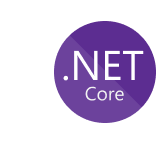
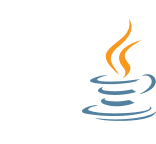



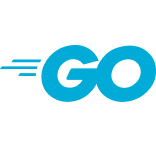
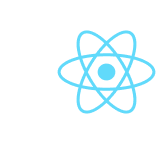
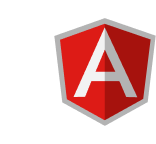
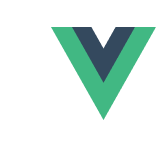

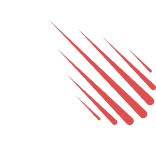

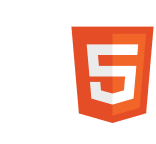
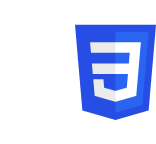
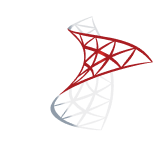


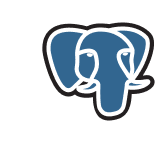
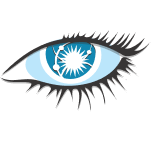


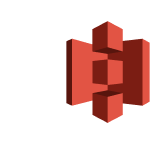
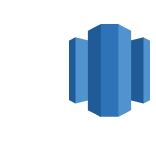

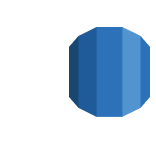
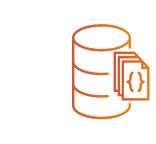

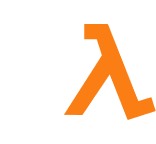

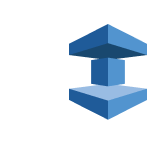
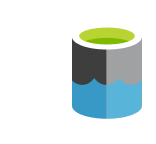

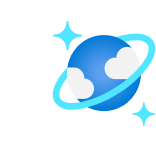
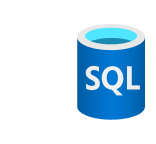

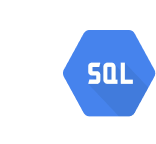
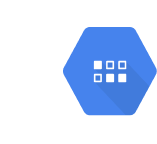
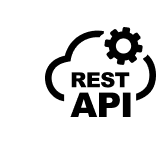

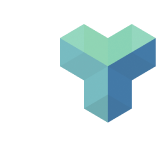


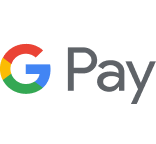
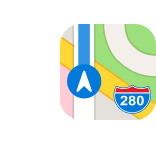

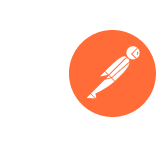


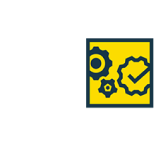
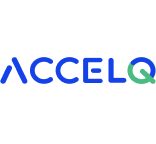
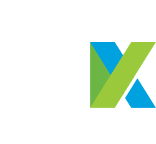
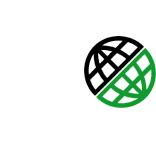
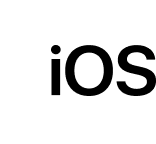


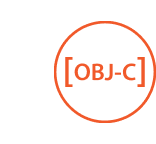
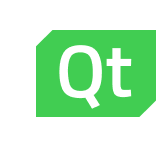


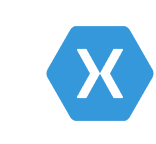
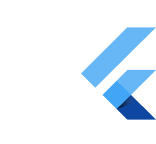
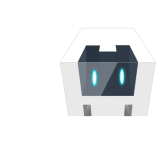



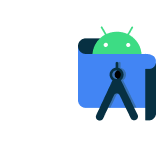
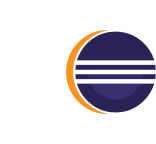
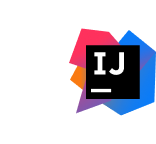
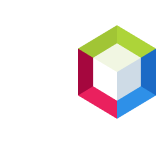
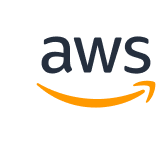


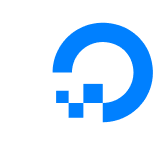

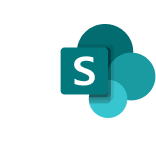
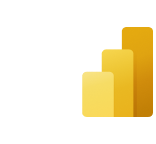
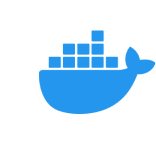
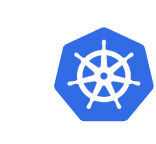
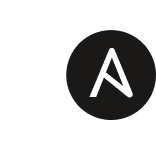
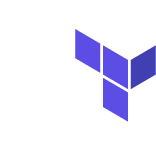
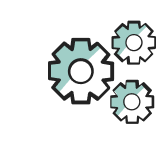
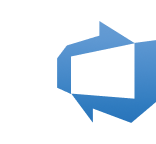
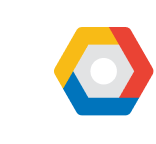
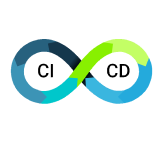
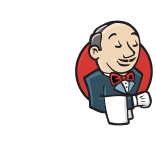
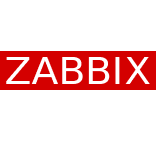

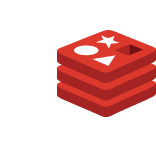

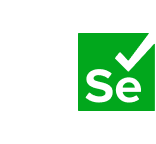
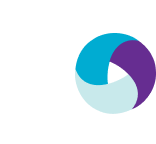



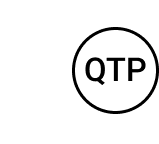
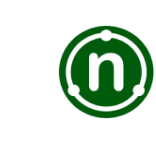
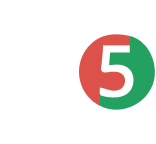
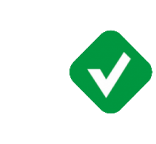
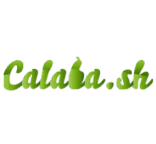
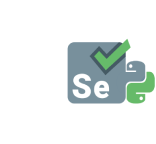
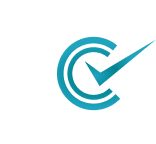


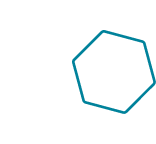

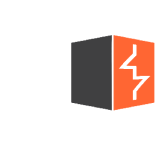
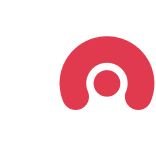

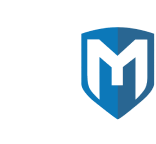


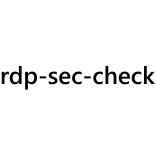
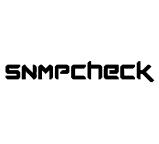

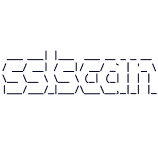
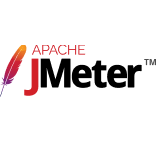
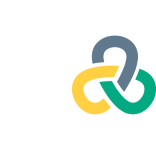







.jpg)
.jpg)
.jpg)
.jpg)
.jpg)
.jpg)
.jpg)
.png)
















We have been working for over 10 years and they have become our long-term technology partner. Any software development, programming, or design needs we have had, Belitsoft company has always been able to handle this for us.
Founder from ZensAI (Microsoft)/ formerly Elearningforce